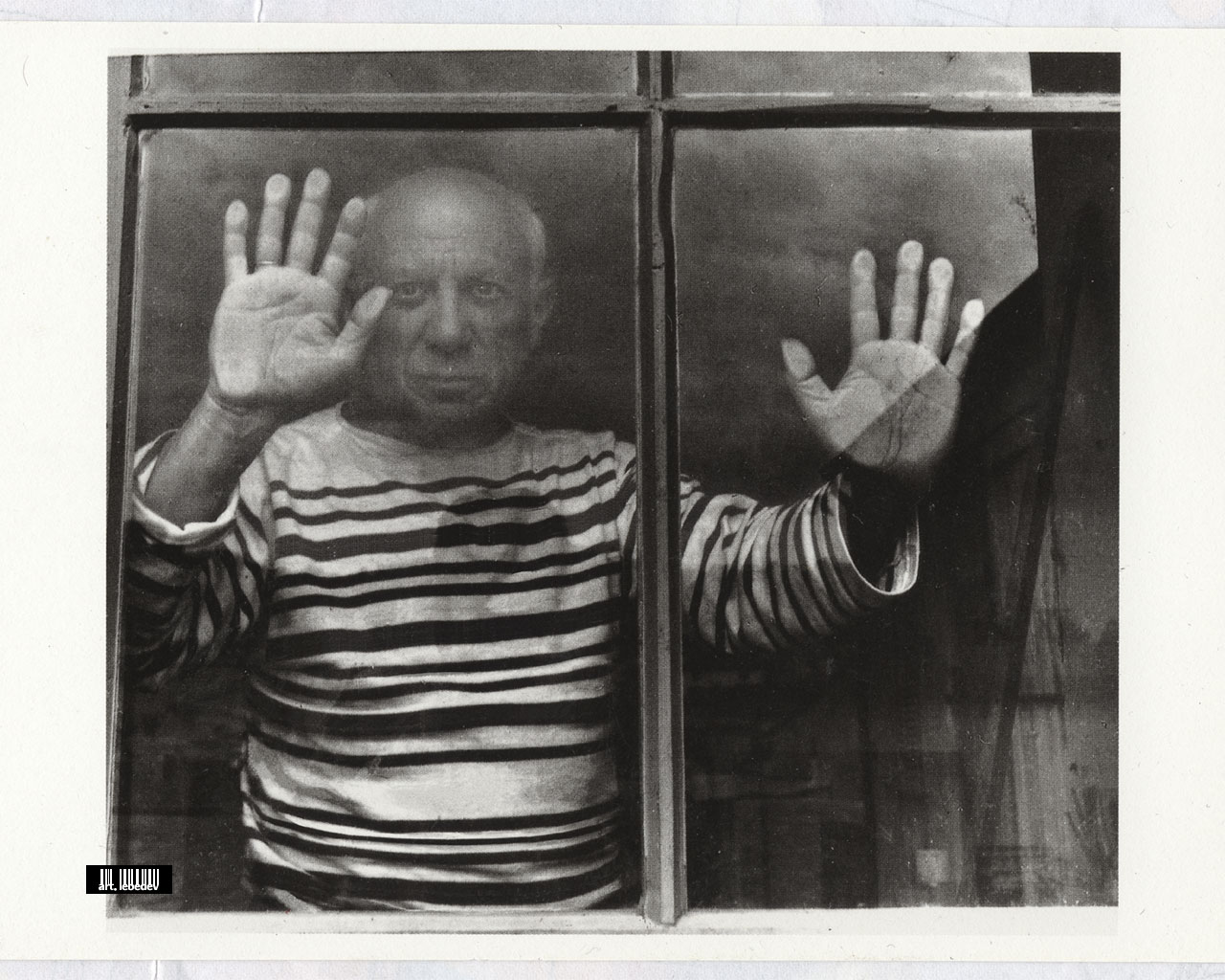
![]() photo credit: steev-o
photo credit: steev-o
A bit ago Shawn Callahan of Anecdote (friend and collaborator!) wrote an interesting blog post about people who write about collaboration – by themselves. Anecdote: What do you notice about these recent books on collaboration?. This triggered some reflections in the comments about the process of writing collaboratively.
Recently, more of my writing has been collaborative than solo (as evidenced by my paucity of blog posts!) I have written 3 articles collaboratively (more on those later, one of which was with Shawn and his biz partner Mark Schenk), one in the works and have been co-writing workshop documentation with our team. And of course…. THE BOOK.
As I responded to Shawn’s post, I realize that in reflecting on the collaborative writing process of the book, there is a point where it is impossible to separate the talking about collaboration with the walking the collaboration talk for me. That is because collaboration requires reflection, which is a sort of “talk,” no?
Here is what I wrote on Shawn’s blog:
As I’m just on the (hopefully) finishing edge of very collaboratively co-writing a book with John Smith and Etienne Wenger, I feel fully able to comment on the experience.
First, it takes a lot more work to write WITH others. And I’m not talking about pasting chapters together, each written by an individual. Truly co-writing and co-editing is both an amazing act of commitment to each other, learning and love.
The first year, when we thought it was “just an update to a report” collaboration was difficult for me. I did not know how to negotiate meaning. I was impatient. I alternately felt guilty or impatient with my collaborators. I was a lousy co-writer.
In the second year (yes, second year) we learned to listen to each other. We dealt with things we did not speak about in year one, like being heard, or feeling less for some reason or another. I learned to understand my strengths and weaknesses as a writer and a thinker, and to appreciate the strengths and weaknesses of my cowriters.
In the third year (yes, the THIRD year) I was enlivened by the learning. I was applying what we were writing/making sense of so there was an electricity. But slow electricity.
The fourth year (this year) IMPATIENCE to finish. Tired. Worried that our slow place was great for our learning and personal application in our practices, but too slow for usefulness in the world. I became impatient with the finishing process. Yet I’m so glad we revised and revised. It got better.
Am I happy with the final book? Well, I’ll confess, I have to wait until the world tells us if they find it useful. But I’m 100% happy we took the time, the practice, and the patience to write together. I’d equate this with a PhD course of study. It is irreplaceable.
And it is ENTIRELY DIFFERENT than writing on my own.
How do you reflect on your collaborative experiences so that you can do it even better the next time? Do you reflect alone? With your collaborators?
 From my friend Philip…
From my friend Philip…
 session. Makes it hard to skip out. There were two sesssions I really wish I had not missed. One was
session. Makes it hard to skip out. There were two sesssions I really wish I had not missed. One was